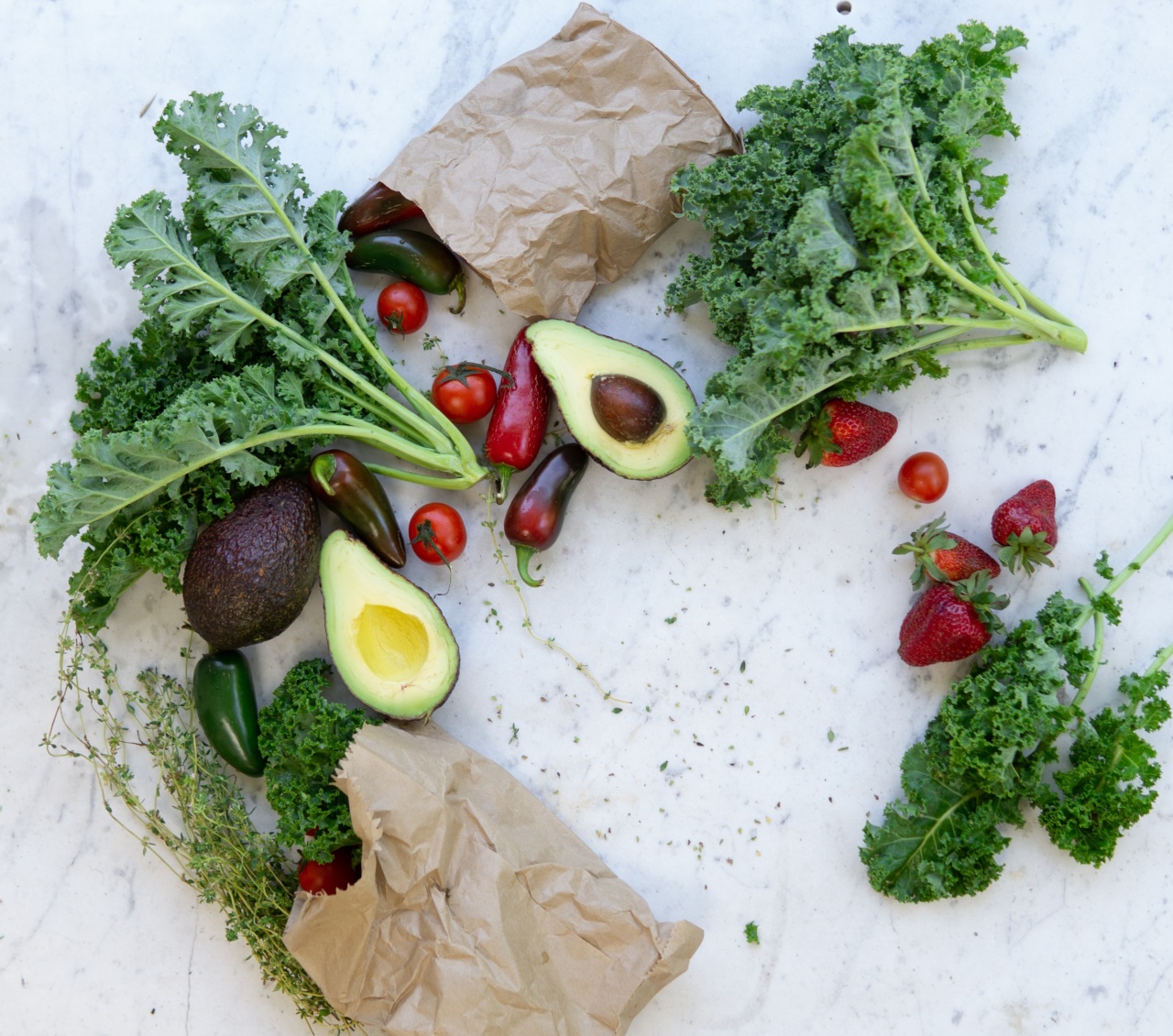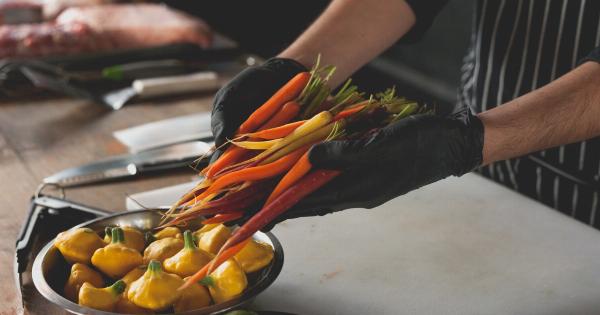Avocados are a popular fruit all over the world. They are packed with healthy fats and nutrients making them a great addition to a balanced diet. However, avocados have been linked to outbreaks of two dangerous pathogens- Listeria and Salmonella.
In this article, we will dive deeper into the dangers of these two pathogens and how to stay safe while enjoying avocados.
What is Listeria?
Listeria is a type of bacteria that can cause serious illnesses in humans. It is most commonly found in unpasteurized dairy products, deli meats, and raw meat products. However, Listeria has also been found in avocados.
This bacteria can survive and grow in high-salt and low-temperature environments, such as refrigerators.
Symptoms of Listeria infection include fever, muscle aches, and gastrointestinal symptoms such as nausea and diarrhea. In some cases, Listeria infections can lead to severe illness such as meningitis or sepsis.
Listeria infections are particularly dangerous for pregnant women, as they can cause miscarriage or stillbirth.
What is Salmonella?
Salmonella is a type of bacteria that can cause food poisoning in humans. It is most commonly found in animal products such as meat and eggs, but it has also been found in avocados. Salmonella can be transmitted by contaminated food, water, or surfaces.
Symptoms of Salmonella infection include diarrhea, abdominal cramps, and fever. The illness usually lasts for 4-7 days, and in most cases, people recover without any medical treatment.
However, in some cases, Salmonella infections can be severe and require hospitalization, especially in people with weakened immune systems.
How does Listeria and Salmonella get into Avocados?
Listeria and Salmonella can get onto avocados in several ways. The most common way is through contaminated water or soil. These bacteria can also get onto the fruit during harvesting, processing, or packaging.
Moreover, avocados can become contaminated if they come into contact with other contaminated produce or surfaces.
How to prevent Listeria and Salmonella infections when eating Avocados?
To prevent Listeria and Salmonella infections when eating avocados, there are some basic practices to follow:.
- Wash your hands with soap and water before handling avocados.
- Clean the avocado thoroughly before cutting it open. You can do this by washing it under running water and rubbing it with a clean brush.
- Store avocados in the refrigerator, preferably in a separate container from other fruits and vegetables. Make sure to keep the temperature below 40°F.
- Do not consume avocados that look spoiled or moldy.
- Avoid cross-contamination by keeping avocados separate from other produce and not using the same cutting board or knife that was used on raw meat or other contaminated produce.
- Cook foods that are at risk for Listeria and Salmonella to kill the bacteria before consumption.
Conclusion
Avocados are an excellent source of nutrition, but they can also harbor dangerous pathogens like Listeria and Salmonella. To avoid infection, it is essential to follow proper food handling and preparation practices.
By washing and storing avocados properly and avoiding cross-contamination, you can continue to enjoy this delicious fruit while minimizing the risk of illness.



























